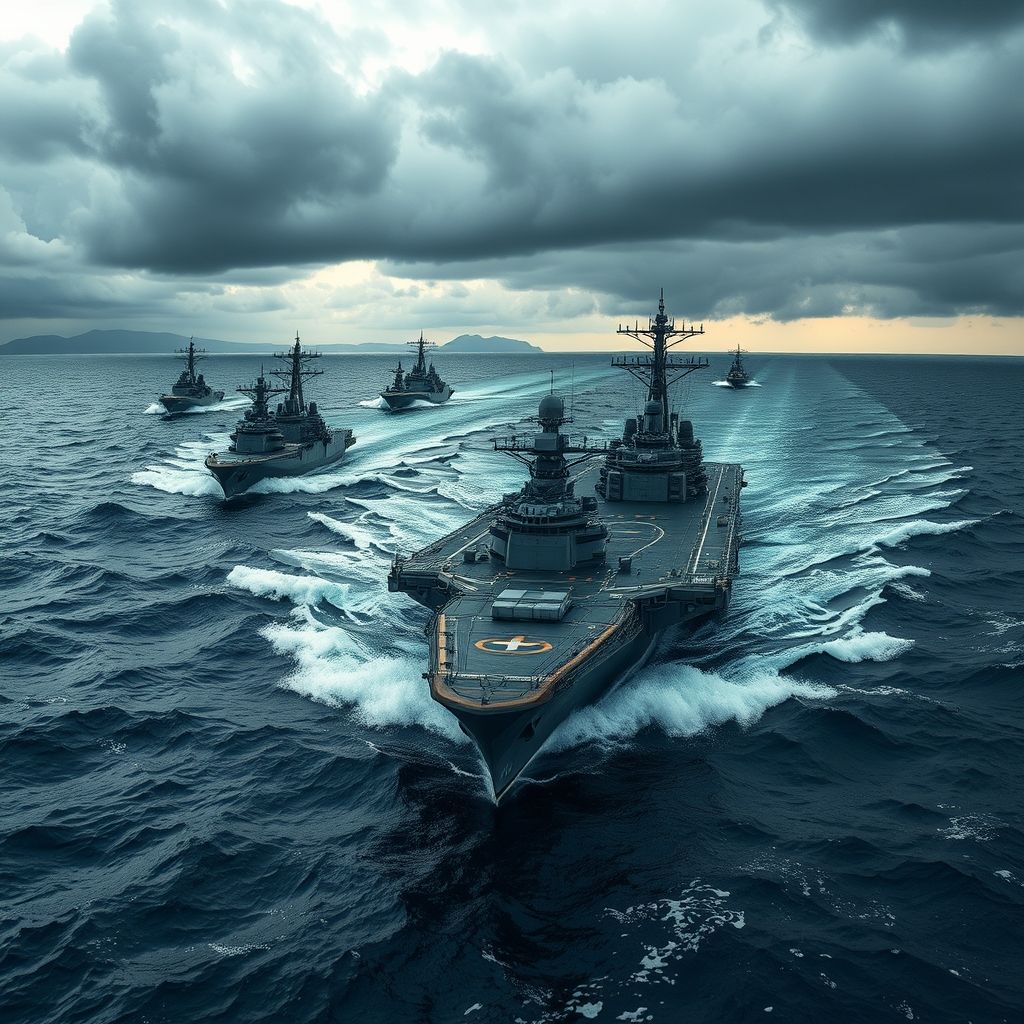What is the Pacific Navy?
What is the Pacific Navy?
Picture this: a vast, dynamic force at sea, silently moving through global waters, shaping the future of maritime security and economic flow—this is the essence of the Pacific Navy. As nations expand their influence and technological advances redefine naval capabilities, understanding what the Pacific Navy actually entails isn’t just for history buffs or military strategists; it’s vital for anyone involved in geopolitics or international trade. So, what exactly is the Pacific Navy, and why should we pay attention?

Navigating the Pacific Realm: The Heart of a Maritime Powerhouse
The term “Pacific Navy” isn’t confined to just one navy or single entity. Instead, it’s a collective notion referring to the naval forces of countries bordering the Pacific Ocean—like the United States, China, Japan, Australia, and others—all vying for influence in one of the world’s most vital and contested waters.
These navies aren’t just about projecting military might—they’re key drivers of economic stability, trade routes, and regional diplomacy. Think of them as the guardians patrolling the economic arteries of a massive, bustling oceanic highway connecting Asia, North America, and Oceania. The Pacific Navy’s role extends into safeguarding shipping lanes, deterring piracy, and even supporting humanitarian missions.
The Hardware and Tech Behind the Pacific Navy
Modern Pacific Navies are blending traditional vessel mastery with new tech trends—like stealth submarines, unmanned surface vehicles, and advanced radar systems. For example, China’s growing fleet of aircraft carriers and submarines signals ambitions to turn the South China Sea into a strategic lake of influence. Meanwhile, the U.S. Navy’s fleet operates with cutting-edge destroyers and carrier strike groups, ensuring dominance and quick response capabilities.
The emphasis on technological innovation underscores an ongoing shift: navies aren’t just about ships anymore; they’re about networks, real-time data, and AI-powered situational awareness. The integration of satellite surveillance, drone technology, and cyber warfare tools make Pacific navies more adaptive and formidable than ever.
Why the Pacific Navy Matters in a Global Context
In our increasingly interconnected world, events at sea ripple through global markets and geopolitical stability. For traders and investors, the Pacific Navy’s posture directly affects shipping security, commodity flows, and even currency movements. For example, when tensions escalate in the South China Sea, markets can react swiftly—fueling volatility in forex and stocks.
If you’re trading assets like cryptocurrencies, indices, or commodities, keeping an eye on naval developments can give you an edge. A strengthened Pacific Navy might mean calmer seas for commercial shipping, but rising tensions could spike risk premiums or prompt safe-haven buying. Leverage strategies need to be calibrated carefully—don’t forget that even in the high-tech world of decentralized finance, geopolitical storms can brew unexpectedly.
The Future: Decentralized Finance and Naval Technology
Looking ahead, the intersection of naval innovation and DeFi (decentralized finance) is an intriguing frontier. As smart contracts and blockchain tech mature, we’re starting to see more transparent, secure transaction methods for international trades, even in high-risk regions. Coupled with AI-driven trading systems, traders can benefit from real-time analysis of naval and geopolitical developments.
Yet, challenges remain—cybersecurity threats, the volatility of asset classes, and regulatory hurdles can’t be ignored. Navigating this new era calls for cautious optimism: leverage the power of cutting-edge tools while maintaining safeguards. The integration of AI and smart contracts promises faster, smarter transactions that can adapt quickly, but they’ll also require heightened vigilance against manipulation or system breaches.
Embracing a New Wave of Maritime and Financial Innovation
In a nutshell, the Pacific Navy is more than just ships and submarines—it’s a symbol of shifting power dynamics and technological evolution at sea. As naval forces embrace AI, automation, and decentralized tech, the question isn’t just “what is the Pacific Navy”—it’s how you can leverage these changes to your advantage.
The future belongs to those who stay curious and adaptable. In the world of both maritime security and financial markets, staying ahead means understanding the interplay between technological innovation, geopolitical shifts, and market opportunities. Because ultimately, whether at sea or in the digital realm, crafting the right strategy today means sailing smoothly into tomorrow.
Discover new horizons—navigate with insight, trade with confidence.